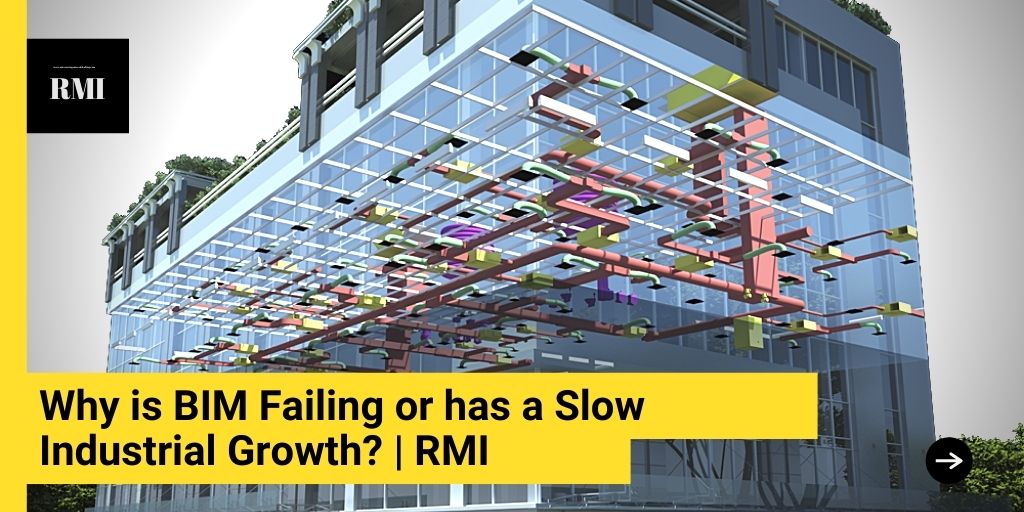Building Information Modelling has become one of the most reliable ways to work in the construction industry and as the market is witnessing digitization, so is BIM, especially when the past decade is concerned. However, some industry critics still believe that BIM is failing to deliver on its expectation and there is a very slow rate of adoption amongst the industry professionals. After conducting thorough research and discussions with a panel of BIM experts, we wish to share our collated thoughts on whether BIM failing is truth or just a myth.
It has come up as a part of the study that there is an increase of almost 70 percent in terms of adoption and awareness around the software. This peculiar 3D model-based design methodology is being considered as the answer to various construction reliability and sustainability crisis and is also becoming a mode to attracting the young brain to contribute their ideas towards the growth of the industry.
BIM has been set to be used in various categories of construction projects and is thus helping the world to build a completely new tomorrow. Still, the technology is facing a few initial challenges for adoption and a few assessments are written below.
Difficulties in Adoption
The story is a little different from the way the world is looking at it. Even after having enthusiasm and awareness around BIM, the technology is still limited by certain factors that are slowing down its growth. One of the biggest problems in regards to the adoption of this technology as has come up in the survey by NBS in 2019, is a lack in the demand from the client’s end. In the case of the private sector, there is no compulsion in regards to using BIM and when the smaller projects are concerned, such new technology is a waste. Though the advantages offered by the technology are no dependent on the size and the ability to detect clashes are the same in terms of any project but if the use of technology is no primary for the client, the designers let it slip.
Lack of experience
Lack of training and expertise is another reason influencing the adoption of the technology. It has been noted in one of the studies that even after 90% of engineers being aware of the importance of BIM, less than 50% actually have knowledge around it. The gap can be filled only by training people and till the time that is done, hiring the right kind of people for the job.
Need to change the Attitude
It is really important that the managers also realize the importance of BIM and stop counting on the training and software cost. It is important to explore the ways to bring BIM into the work culture of small scale business but curtailing of the cost, to improve the adoption rate.
